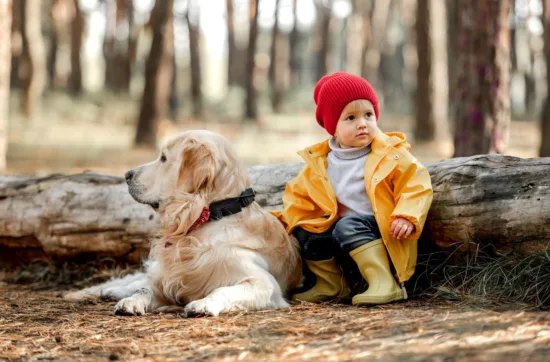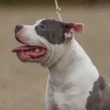Before teaching your dog to come, you must proof its response first. This way, you can avoid rewarding your dog only when it comes all the way. To teach your dog to come, try working in a low-distraction environment. Here are some tips to keep in mind:
Build a strong bond with your dog
While there are many positive ways to teach your dog to come, playing games with your pet is a great way to strengthen your relationship with your pooch. Whether you’re teaching your dog to come by using verbal or nonverbal signals, it is crucial to remain consistent and positive when training your dog. By showing your dog that you appreciate them and their positive energy, you’ll help them learn to trust you more.
Spend time together. Even if you’re busy, try to find time to play with your dog each day. Even a ten-minute game of tug-of-war with your pooch can help your pooch associate the behavior with a positive experience. You can also set up regular road trips and other activities together. As long as you spend time together, the relationship will grow.
Proofing a dog’s response before teaching a come command
The process of proofing a dog’s response to a come command involves exposing the dog to distractions and gradually increasing the distance between you and the dog. The key to success is patience. A dog’s response will likely vary from one moment to the next, and this process can take several sessions. Ultimately, the goal is to have the dog respond to the command consistently over time.
Often, dogs have been taught to ignore the come command, but the behavior was never reinforced. This behavior was often accompanied by a harsh punishment, such as a crate or a bath. This can make it more difficult to teach a come command, so it’s essential to practice this command in a distraction-free environment. Proofing a dog’s response before teaching a come command will give you an idea of the exact response your dog should give when called.
Working in a low-distraction environment
Distractions can be a real problem if your dog is distracted by something else. For example, if your dog is distracted by a smell, it may be inclined to ignore your requests to come. However, there are certain distractions that are over-the-top for your dog, such as possums on the floor. So how can you make distractions less distracting for your dog? Consider the following situations when distractions are the cause of your dog’s disobedience.
The key to distraction-free training is setting the environment for success. Distractions encourage your dog to ignore you, and they reinforce that behavior. The same principle applies when working in a low-distraction environment: your dog should learn to come when called without any additional prompt. In addition to keeping your dog happy, you should also avoid leaving distractions near your dog’s environment.
Similar Posts:






